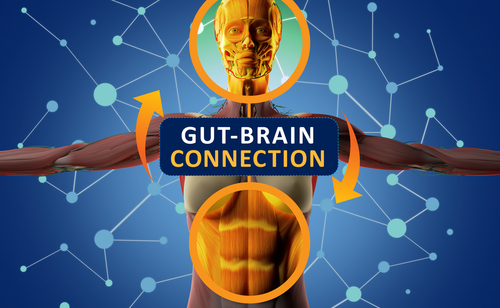Parkinson’s May Originate From Alpha-Synuclein Migrating From the Gut, Rat Study Shows

New experimental evidence collected from rats shows that alpha-synuclein — the protein that causes Parkinson’s disease — can travel from the intestines to other organs, such as the heart and brain.
These findings, reported in the study “Evidence for bidirectional and trans-synaptic parasympathetic and sympathetic propagation of alpha-synuclein in rats,” provide further support to the hypothesis that the development of Parkinson’s disease is directly linked to the intestinal system.
The study was published in Acta Neuropathologica.
A hallmark feature of Parkinson’s is the progressive degeneration of brain cells due to the accumulation of toxic clumps of alpha-synuclein, called Lewy bodies.
Prior work in postmortem human brains has shown that the misfolded protein primarily accumulates in brain areas controlling movement, which explains the characteristic motor symptoms associated with the disease. But that work also revealed the protein’s accumulation in the vagus nerve – which connects the brain to the gut.
This led to the theory that Parkinson’s progression could require communication between the gut and the brain.
To further explore this association, researchers from Aarhus University and its clinical center, in Denmark, conducted a new study in rats. The team used rats that were genetically modified to produce excessive amounts of alpha-synuclein, and which were susceptible to accumulating harmful versions of the protein in nerve cells. Human alpha-synuclein or an inactive placebo was injected into the small intestines of these rats.
With this approach, the investigators found that both groups of rats — those injected with alpha-synuclein or placebo — had high levels of the protein in the brain. However, only those injected with alpha synuclein showed Parkinson’s characteristic clump build-up patterns, which affected the motor nucleus and substantia nigra in the brain.
“After two months, we saw that the alpha-synuclein had travelled to the brain via the peripheral nerves with involvement of precisely those structures known to be affected in connection with Parkinson’s disease in humans,” Per Borghammer, an Aarhus University professor and the study’s senior author, said in a press release written by Mette Louise Ohana.
“After four months, the magnitude of the pathology was even greater. It was actually pretty striking to see how quickly it happened,” Borghammer said.
Alpha-synuclein also was found to accumulate in the heart and stomach, which suggests a secondary propagation pathway. That pathway likely is mediated by the celiac ganglia, which are abdominal nerve bundles that innervate the gastrointestinal tract.
A recent study conducted by researchers at Johns Hopkins University School of Medicine revealed similar data, but in mice. The Hopkins team also found that, when they injected an altered form of alpha-synuclein in the intestine of mice, it would first accumulate in the vagus nerve and subsequently spread throughout the brain.
With the findings from the new study, researchers now have more detailed evidence on how the disease most likely spreads.
This may put the scientific community one step closer toward developing more effective medical strategies to halt the disease, Borghammer said.
“For many years, we have known that Parkinson patients have extensive damage to the nervous system of the heart, and that the damage occurs early on. We’ve just never been able to understand why. The present study shows that the heart is damaged very fast, even though the pathology started in the intestine, and we can continue to build on this knowledge in our coming research,” he said.






